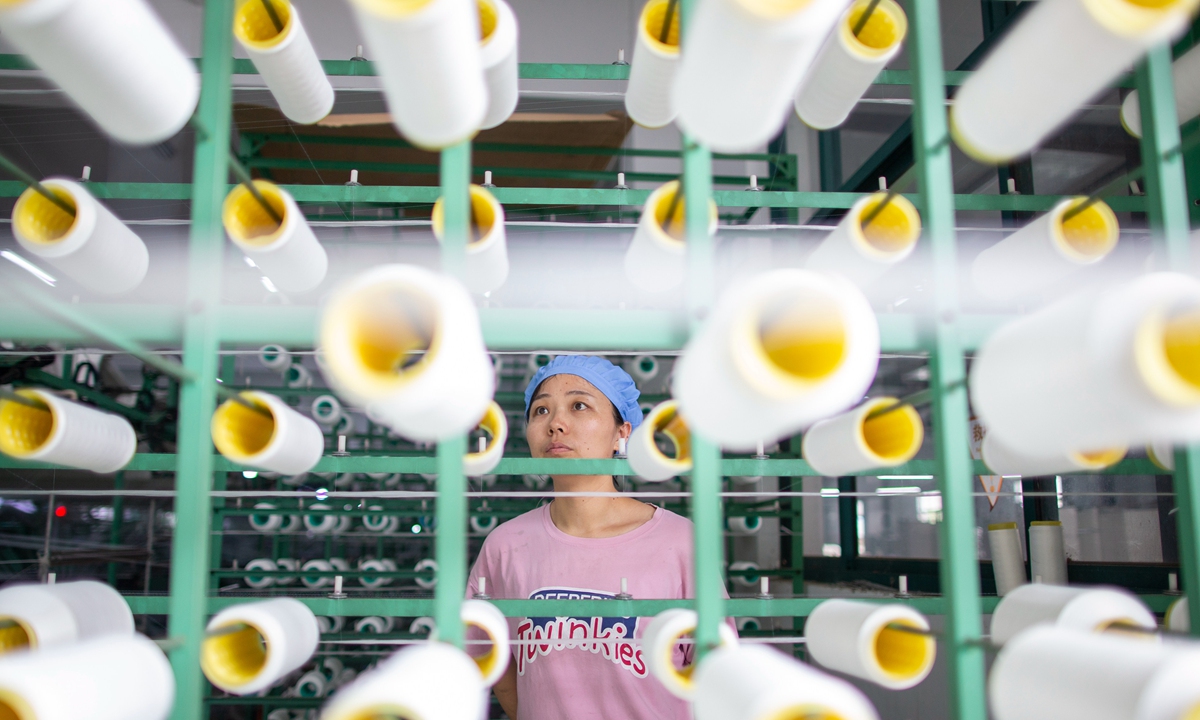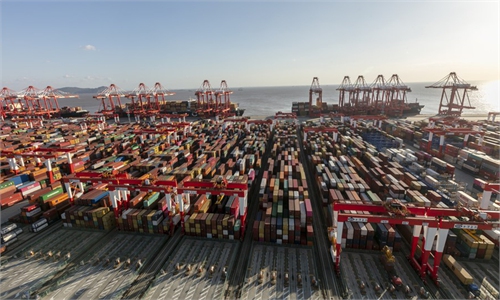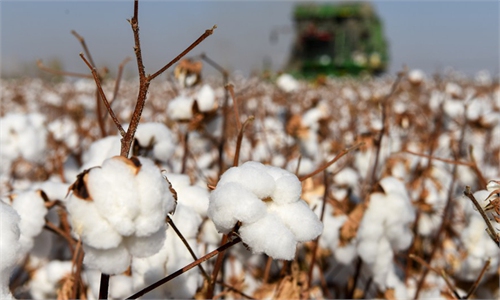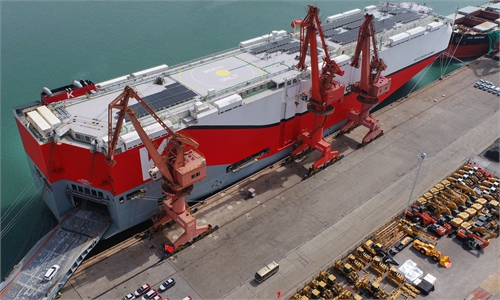China’s planned RRR cut lifts financial market, export outlook
RRR cut lifts financial markets, export outlook

A worker works on orders for nylon products at the Jinyu textile firm in Nantong, East China's Jiangsu Province on Wednesday. From January to April, Nantong's foreign trade totaled 94.52 billion yuan ($14.78 billion), a year-on-year increase of 23.1 percent, with exports up by 24 percent. Photo: cnsphoto
China's planned cut to the required reserve ratio (RRR) lifted financial markets on Monday and is expected to boost Chinese export in the second half of the year and help boost the economy of neighboring countries as Chinese imports might also in-crease.
The People's Bank of China (PBC), the central bank, on Friday announced plans to cut the RRR for commercial lenders by 0.5 percentage points, a move that will release about 1 trillion yuan in long-term capital. The policy, effective from Thursday, is the first RRR cut by the PBC in more than 15 months.
Following the announcement, Chinese stock markets closed higher on Monday. The Shanghai Composite Index rose 0.67 percent to 3,547.84 points, and the Shenzhen Component Index added 2.14 percent to 15,161.52 points. The ChiNext index closed 3.68 percent higher at 3,534.76 points, after an intraday gain of 4 percent to a 6-year high.
Total transactions exceeded 1.3 trillion yuan ($200.85 billion), the highest in the past year, with strong gains by cybersecurity, 5G, communication equipment, electronic appliances and medical services companies.
Meanwhile, the main bond futures contract also surged, with the 10-year contract up 0.42 percent and the five-year main contract gaining 0.32 percent.
The PBC move was aimed at optimizing the capital structure of financial institutions, enhancing financial services, and supporting the development of the real economy, Wang Yiming, a member of the monetary policy committee of the PBC, said on Mon-day.
Wang stressed that the comprehensive RRR reduction is a routine liquidity decision, as China's monetary policy has returned to normal, and the prudent monetary policy has not changed.
It is expected that the RRR reduction will give banks abundant liquidity, improve the operations of financial services, and ease the operating difficulties faced by some small and micro-sized enterprises, Wang said.
The surge in trading volume shows that the RRR reduction has had an effect on stimulating investors' confidence, Dong Dengxin, director of the Finance and Securi-ties Institute of Wuhan University, told the Global Times on Monday.
"The central bank's pivot toward easing is a move aimed at providing liquidity to the real economy in preparation for slower economic growth predicted for the second half," Dong said. "It is expected that there will be room for future RRR reductions."
Specifically, the RRR reduction is expected to stabilize exports in the second half of the year, Tian Yun, former vice director of the Beijing Economic Operation Associa-tion, told the Global Times on Monday.
"On the one hand, it can reduce the financing cost of export enterprises; on the other hand, it will weaken the yuan versus the US dollar due to growing expectations of tighter monetary policy in the US," Tian said.
The RRR reduction is also expected to boost imports from neighboring economies, especially ASEAN and South Korea, he added.



